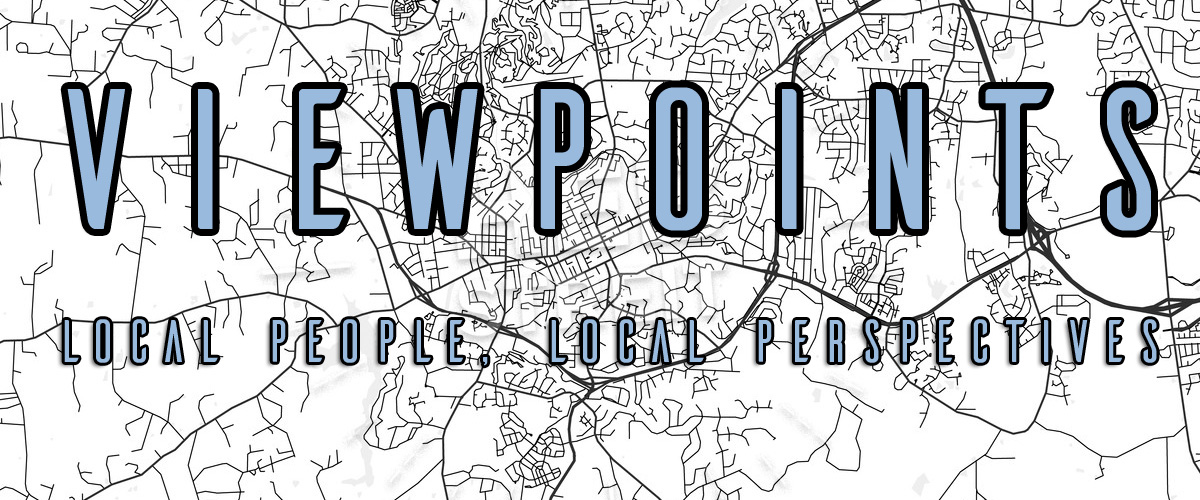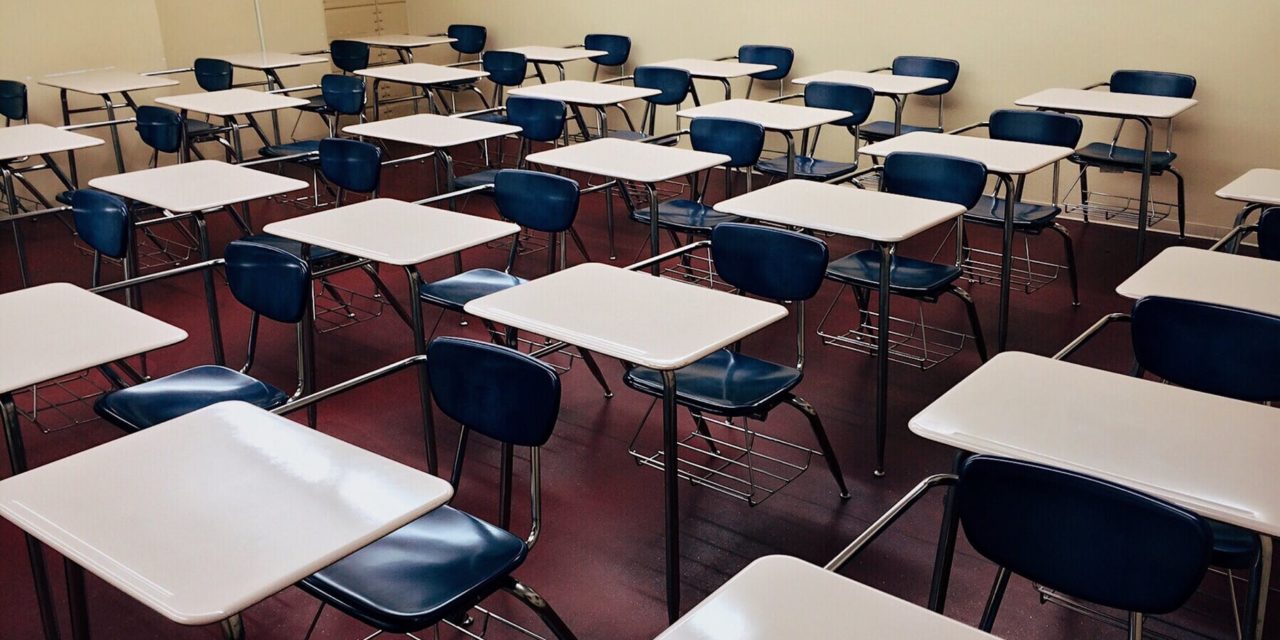
The Achievement Gap in Our Schools
A perspective from Citlalli Ariza
Chapel Hill-Carrboro City schools has the second largest achievement gap between white and black students across the country. As diverse the schools may be when you take a step into AP and honors classes you cannot see that diversity. As a Latina taking a step into these predominantly white classrooms you can feel a large sense of intimidation. Although I did not let that intimidation stop me from taking AP or honors classes many students of color do.
The Achievement Gap is an issue that goes hand-in-hand with the school-to-prison pipeline. The school-to-prison pipeline is the idea that a schools that harsh punishments criminalizes student’s behavior which pushes them out of school leading to an increase on probability that those same students will enter the criminal justice system. The school-to-prison pipeline target’s students of color and students who come from a low socioeconomic background. One of the most pressing consequences of the school-to-prison pipeline is the achievement gap. achievement Gap is the disproportionality between white students and students who are racial minorities, specifically black and Latino students, when it comes to test scores. Where does this stem from? a large contributing factor to the amount of suspensions is due to the zero tolerance policy.
What is the zero tolerance policy? Zero Tolerance policies are regulations that decide specific consequences for certain behaviors without taking into consideration the different circumstances that may have led to that behavior. Zero Tolerance policies were originally put in place due to an increased concern over safety in schools. They were meant for instances that involve firearms, drugs, vandalism, or other punishable offenses. It can be seen today that they are used more for behavioral problems. These behavioral problems include insubordination, talking back or tardiness. People today continue to believe that their tolerance policies are still needed due to an increase in crime within schools. This is a common misconception that is wrong and has seen that the violence in school has actually decrease. In a study by Mikki L Smith It quotes “. “Rates of nonfatal victimizations in schools declined dramatically over the past two decades, from nearly 200 victimizations per 1,000 students in 1992, to fewer than 50 victimizations per 1,000 students in 2011” (Smith).
What are some possible solutions? The changing of zero tolerance policies and instead using restorative justice practices. This method is used to determine and underlying cause for misbehavior. It looks deeper into the student’s situation and fines out why they may be acting a certain way. The goal of this method is used to heal and help the student rather than punishing them and pushing them out of the classroom. The use of this system has shown excellent results specifically in North High School in Colorado. They decided to create a restorative justice program where they would work together to understand student Behavior. They also change the school environment and promote academic achievement and safety within the school. The results they found where a decrease in suspension, expulsion and law enforcement referrals. The number 5 also decreased from 36 the first year 224 and finally 7 the 30th (Ruiz).
Citations
Ruiz, Rocio Rodriguez. “School-to-Prison Pipeline: An Evaluation of Zero Tolerance Policies and Their Alternatives.” Houston Law Review, vol. 54, no. 3, Winter 2017, p. 803-838.
HeinOnline, https://heinonline.org/HOL/P?h=hein.journals/hulr54&i=850.
Smith, Mikki L. (2015) “A Generation at Risk: The Ties Between Zero Tolerance Policies and the School-to-Prison Pipeline,”McNairScholars Research Journal: Vol. 8: Iss. 1, Article 10.http://commons.emich.edu/mcnair/vol8/issI/10
Chapelboro.com does not charge subscription fees. You can support local journalism and our mission to serve the community. Contribute today – every single dollar matters.

